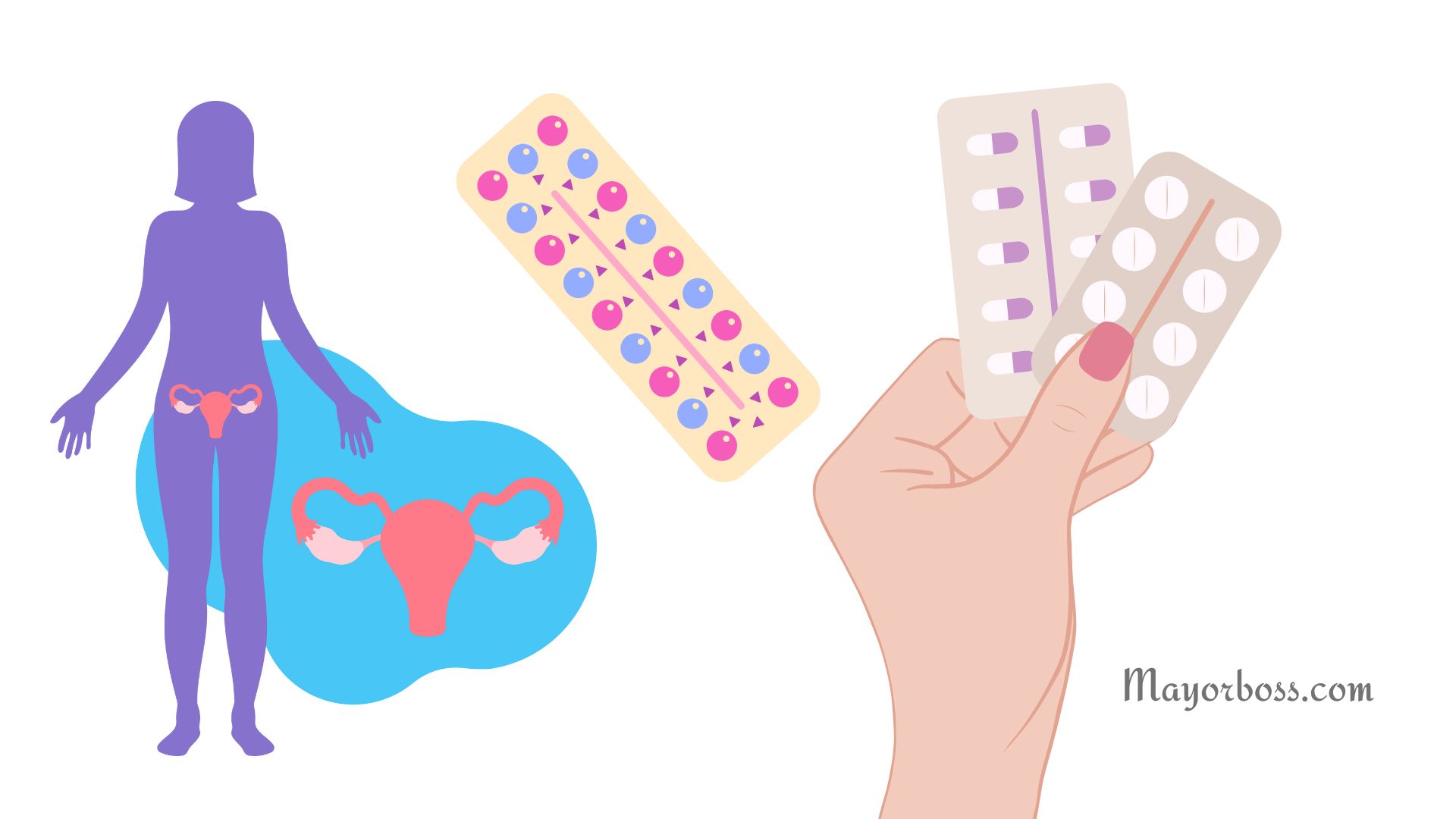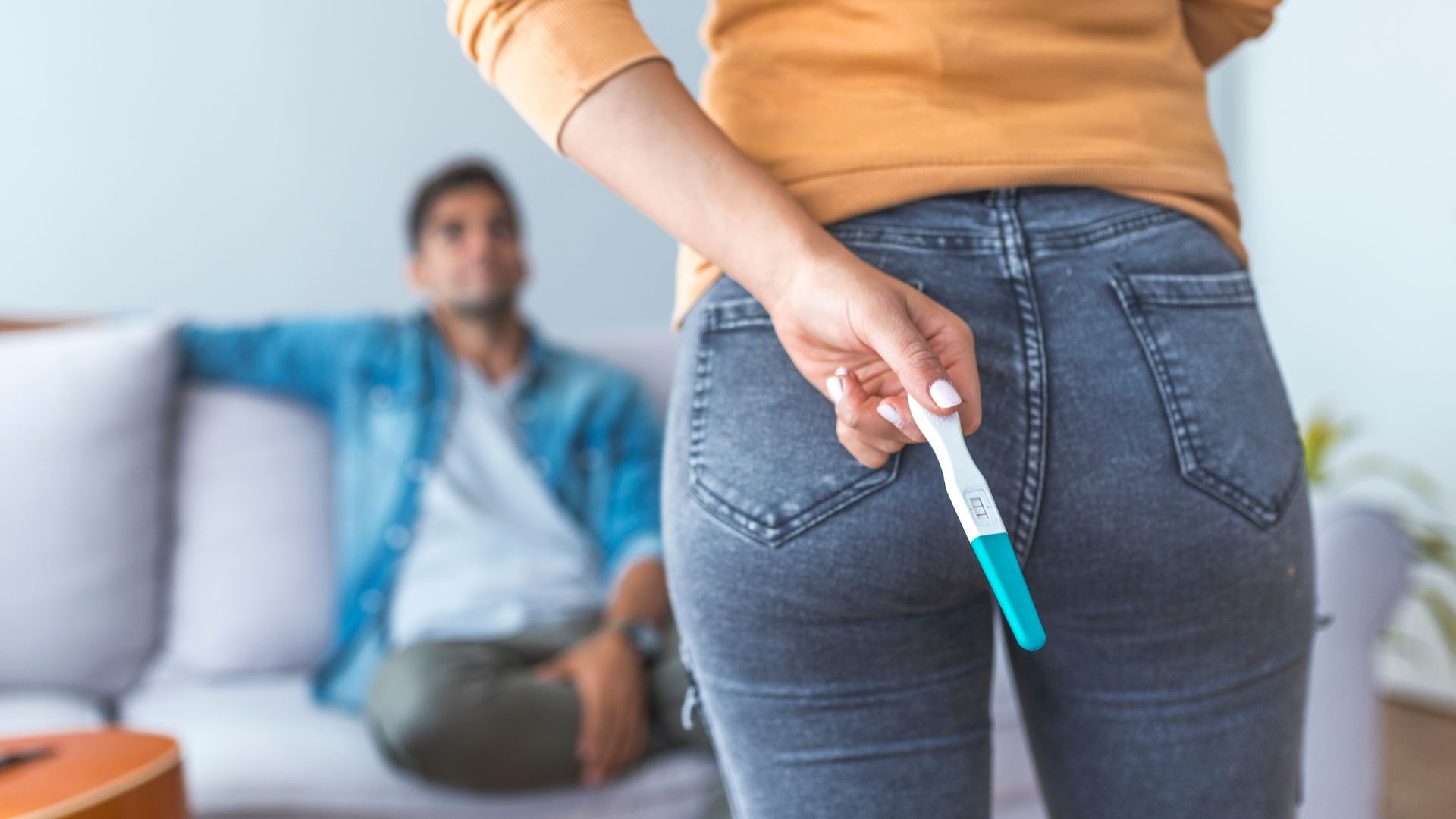5 Symptoms Of Gonorrhea In a Woman
Gonorrhea (also known as ‘the clap‘) is a sexually transmitted infection caused by bacteria known as Neisseria gonorrhoeae. It’s quite common, and women of various ages might become infected without even realizing it. In many cases, the symptoms can be mild or mistaken for something else. Yet, catching these signs early can help prevent complications. Information is power when it comes to sexually transmitted infections. Below are five common symptoms of gonorrhea in women you should know.

1. Unusual Vaginal Discharge
A key sign to watch for is abnormal discharge from the vagina. Often, this discharge can be yellowish or greenish in color, and it may appear thicker than usual. While it’s normal for the body to produce some fluid to keep the vagina healthy, any sudden shift in the color, consistency, or smell of your discharge might signal a gonorrhea infection. If you notice a sharp, unpleasant odor or a texture that seems different, speak with a gynecologist as soon as you can. Quick attention can help determine if the change is due to gonorrhea or some other issue that also requires treatment.
2. Painful or Burning Urination
One of the most common warning signs of gonorrhea is a burning sensation when urinating. You might feel stinging pain or a nagging discomfort each time you visit the restroom. This happens because the infection often invades the urethra—the channel that carries urine out of the body—and inflames it. If you find yourself dreading bathroom breaks because of pain, don’t shrug it off. While other conditions, such as urinary tract infections, can cause similar woes, ignoring them may let the gonorrhea infection worsen, so it’s best to check with a gynecologist.
3. Frequent Urination
Along with painful urination, you may feel the urge to pass urine more often. Sometimes, this occurs due to irritation in the urinary tract, which makes your bladder feel full even when there’s only a small amount of urine present. If you’re hurrying to the restroom countless times a day and can’t explain why, you might have gonorrhea or another infection. Early detection can prevent the spread of the bacteria to other parts of your reproductive system, where it can create more serious concerns.
4. Bleeding Between Periods
Some women with gonorrhea notice bleeding from the vagina at times when they do not expect it—such as between regular monthly cycles. This unexplained bleeding may be mild spotting or heavier flow. Because gonorrhea causes inflammation in the cervix and related tissues, bleeding can occur when those tissues become irritated. If you experience random bleeding or spotting, do not dismiss it as just an odd occurrence. Instead, seek your doctor’s advice to confirm whether gonorrhea or any other reproductive issue might be at fault.
5. Pain or Discomfort During Intercourse
Painful sexual intercourse, known medically as dyspareunia, can be another symptom of gonorrhea. The infection can irritate the tissues of the vagina and cervix, leading to tenderness and soreness. You may feel sharp, stabbing pain during intercourse or a lingering ache afterward. Any ongoing discomfort during sex deserves a prompt evaluation. Addressing the cause early can help protect your reproductive health and reduce the likelihood of long-lasting complications like pelvic inflammatory disease.
Final Thoughts
While gonorrhea might sound scary, it’s vital to note that it can usually be treated with a single dose of antibiotics (ceftriaxone). The most major danger lies in ignoring the symptoms. When left untreated, gonorrhea can spread and result in more severe health troubles, including fertility problems.
If you suspect any of these symptoms, please see a doctor right away. An accurate diagnosis and timely treatment will help you regain your peace of mind. If you test positive, be sure to complete your prescribed medication and inform any sexual partners. This step helps stop the infection from continuing to spread.






